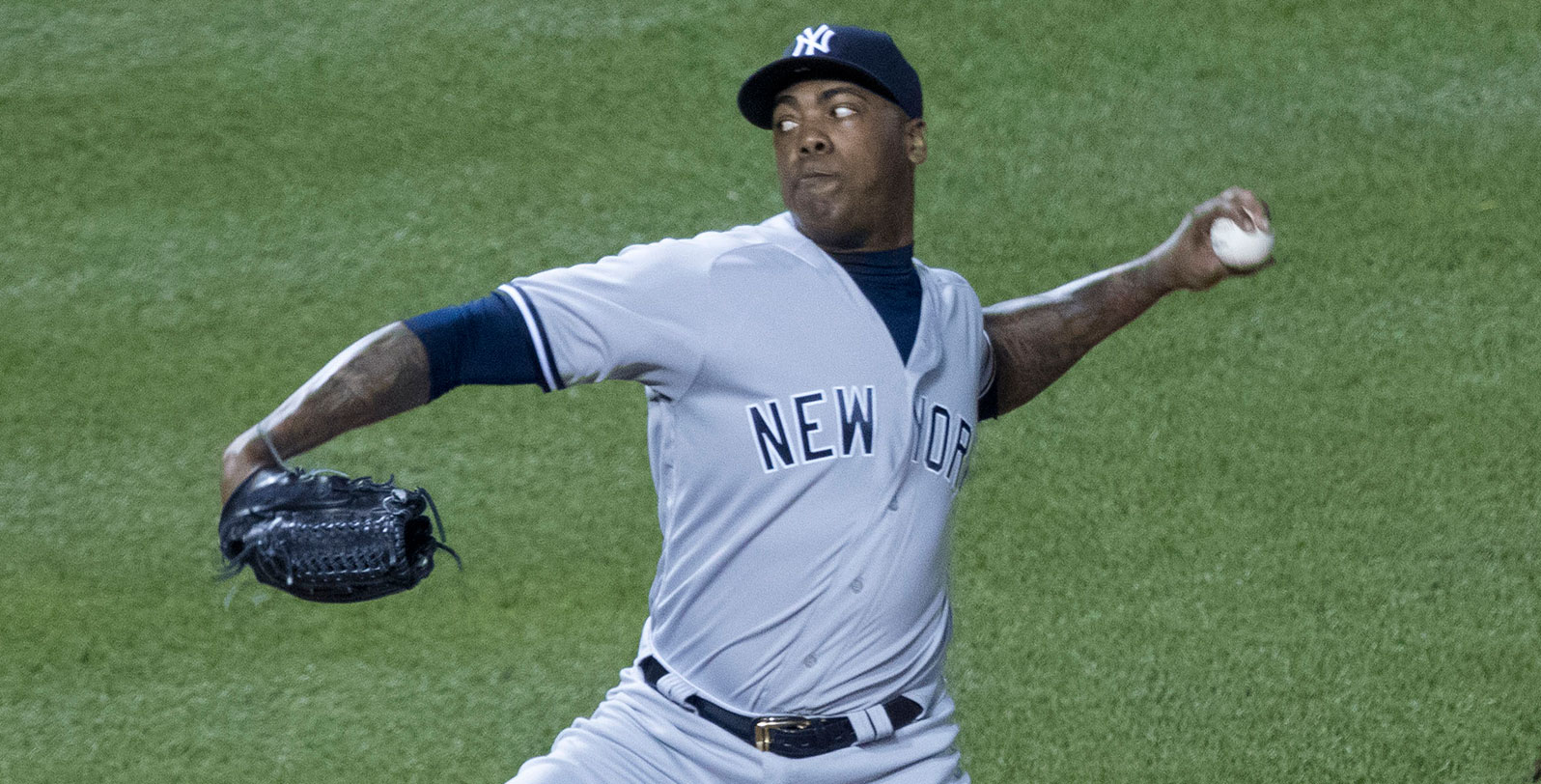Jacob deGrom is Picking Up Where He Left Off
Jacob deGrom’s 2018 will go down in history as one of the best pitching seasons of all time. There’s almost no way it couldn’t — pitchers don’t put up sub-two ERAs very often, and they record sub-2 FIPs even less frequently. By those stats alone, deGrom had the seventh-best ERA and eighth-best FIP since integration. Adjust for the run-scoring environment, and he falls all the way to ninth. Simply put, deGrom was sublime in 2018.
After a season of such historic magnitude, we’d be crazy to not expect regression. Everything broke so well for deGrom in 2018 that he could pitch every bit as well in 2019 and end up with meaningfully worse results. Indeed, ZiPS and Steamer both projected deGrom’s ERA to increase by essentially a run this season. Despite that, both projected him to put up the second-best ERA and FIP among starters, behind only Chris Sale. When you’re as far ahead of the pack as deGrom, you can significantly regress and still be one of the best.
It isn’t just projection systems that peg deGrom to come back to earth — the broad sweep of history suggests it as well. No matter how you slice it, pitchers who record a season like deGrom’s decline the next year. Want to focus on ERA? There have been 26 times since 1947 when a pitcher qualified for the ERA title and had an ERA below two. Excluding 2018 deGrom and 1966 Sandy Koufax (he retired after 1966 and so didn’t have a next season), these pitchers averaged a 1.77 ERA. The next year, they recorded a 2.78 ERA. Read the rest of this entry »


